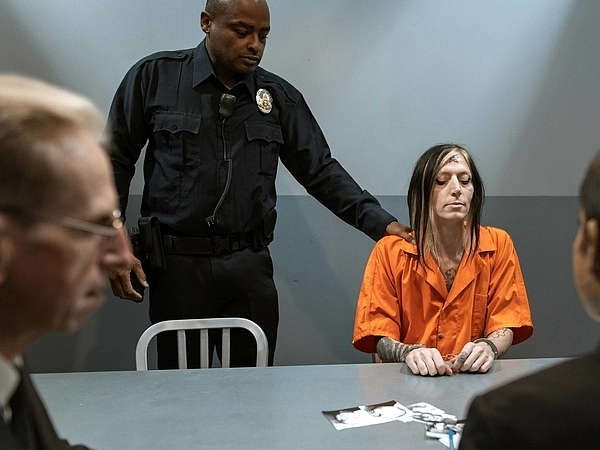5 Things All Americans Should Understand About the Supreme Court
The U.S. Supreme Court often feels like a distant, mysterious force shaping the nation’s future. Yet, its influence touches every American’s life in ways both big and small. From landmark rulings on civil rights to everyday legal interpretations, the Court’s power is immense. Understanding its role, structure, and decisions is key to grasping how justice is shaped in America—whether we notice it or not, the Court is always at work. Read on as the Law Offices of Gary Churak discusses the five things all Americans should understand about the highest court in the land.
1. The Supreme Court’s Unique Composition and Lifetime Tenure. The Supreme Court stands as the pinnacle of the U.S. judiciary system, composed of nine justices. Notably, these justices are appointed by the President of the United States and must be confirmed by Congress, embodying a lifelong commitment to upholding the law, as they serve for life or until they opt to step down. This lifelong tenure ensures justices can make decisions free from political pressures, focusing solely on the legal merits of the cases before them.
2. Eligibility and Representation in the Highest Court. What many may not realize is that any lawyer in good standing, with a minimum of three years of practice in any state, can argue before the Supreme Court, provided they meet specific application criteria. This inclusive approach allows a diverse range of legal arguments and interpretations to be presented, enriching the court’s deliberations and decisions. However, gaining the opportunity to present a case before this esteemed court is a rare honor, highlighting the significance and weight of its proceedings.
3. The Judicial Decision-Making Process. The Supreme Court decides cases through a majority vote and is known for issuing multiple opinions to explain their reasoning. These opinions, split between majority, concurring and dissenting, provide insight into the justices’ varied interpretations of the law, shaping future legal landscapes across the nation.
4. The Scope and Selection of Cases. The Supreme Court’s jurisdiction covers a wide array of issues, including federal laws, treaties, and constitutional questions, to name just a few. Annually, the court receives thousands of case petitions but selects a limited number for a hearing, following a rigorous review process. This selective process underscores the court’s role in addressing the most pressing and complex legal questions facing the country.
5. Historical Milestones and the Court’s Evolution. Since its establishment in 1789, the Supreme Court has undergone significant changes, evolving to meet the nation’s needs. Initially setting the number of justices at six, the court has seen several adjustments to its composition, stabilizing at nine justices since 1869. These changes reflect the dynamic nature of the judicial system and its responsiveness to historical and societal shifts.
The Supreme Court’s role in American society cannot be overstated. Through its decisions, it not only interprets the law but also shapes the political, social, and economic fabric of the nation. As residents of San Antonio, Texas, and citizens of the United States, it’s imperative we understand the workings and importance of this pivotal institution. By grasping these fundamental aspects of the Supreme Court, we can appreciate its influence on our democracy and the rule of law.
Meanwhile, if you or a loved one have been charged with a crime, get in touch with the Law Offices of Gary Churak. Whether you’re facing charges related to DUI, sex crimes, domestic violence or drug offenses, our objective remains clear—achieve the best possible outcome for you. Call 210-545-3850, or fill out our contact form for a consultation.
‹ Back














